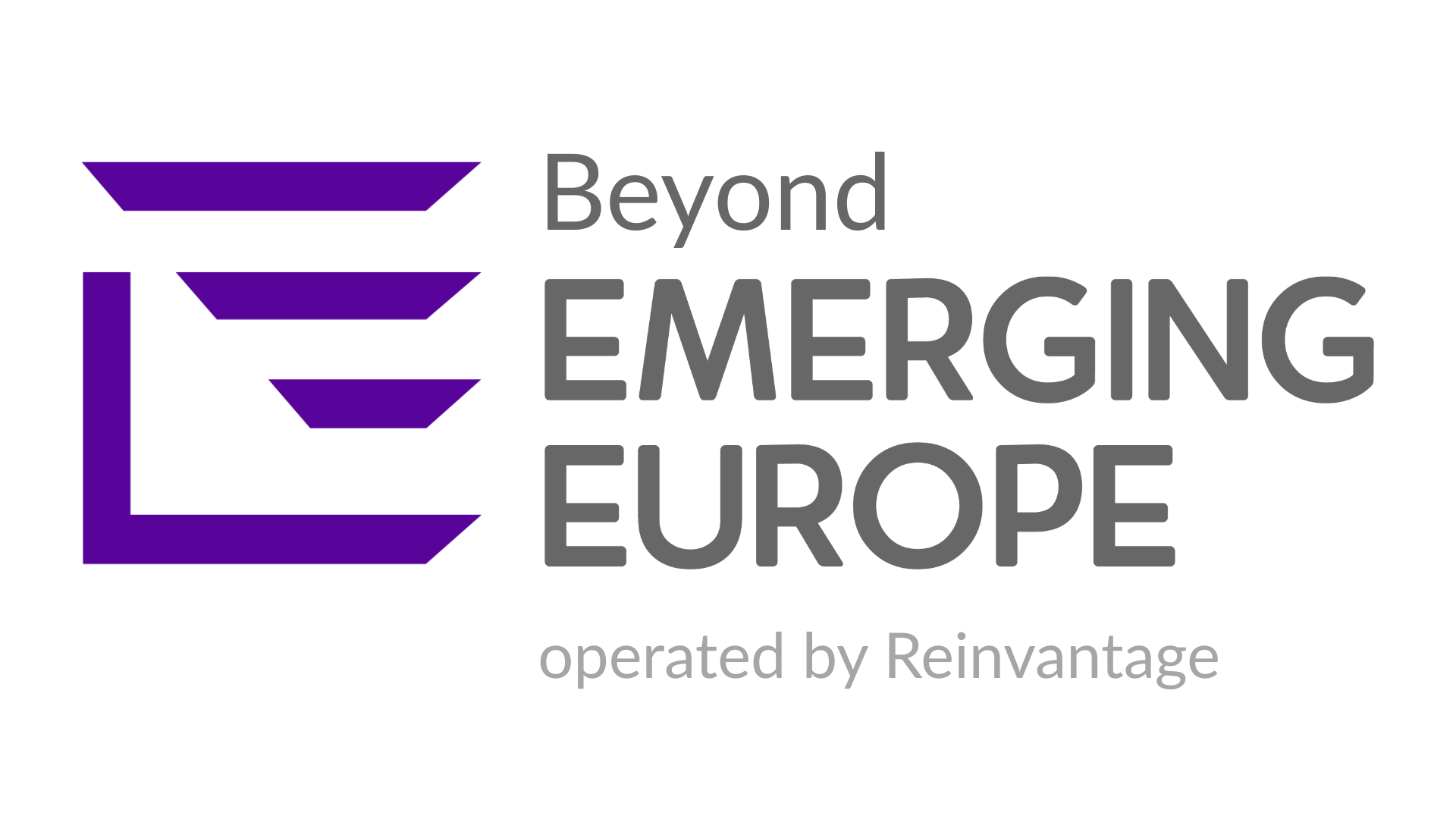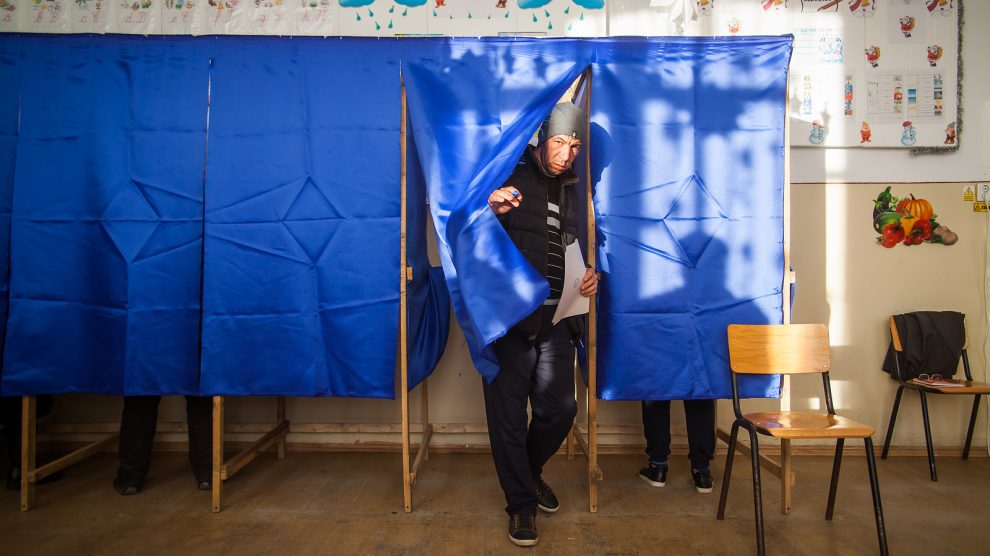Two weeks ago, Romania’s political scene was arguably the dullest and most predictable in the entire emerging Europe region. How quickly things change.
Parties broadly committed to maintaining Romania’s membership of both the European Union and NATO won a majority of seats in the country’s parliamentary election on December 1, although forming a stable government may prove to be extremely difficult.
- Rethinking the fight against disinformation in the Black Sea region
- Romania has to raise its game—especially if Trump wins
- Reinventing rural development in emerging Europe
With almost all votes now counted, between them, the Social Democrats (PSD; 22.15 per cent), Liberals (PNL; 13.33 per cent), Save Romania Union (USR; 12.29) and Union of Hungarians in Romania (UDMR; 6.39 per cent) took just over 54 per cent of the vote.
Parties sceptical of, or outright hostile to the European and NATO projects, the Alliance for the Unity of Romanians (AUR; 17.9 per cent), SOS Romania (7.26 per cent) and the Young People’s party (POT; 6.39 per cent) won nearly 32 per cent of the vote.
No other parties crossed the five per cent threshold to enter parliament.
Bulgarian stalemate
The outcome of the vote has already been dubbed a Bulgarian stalemate, given that no feasible coalition appears possible.
Bulgaria has held seven parliamentary elections in three years, without ever breaking its own political stalemate. An eighth takes place in the new year.
The only two options currently open to the Romanian parties to form a coalition are a pro-European national government made up of the PSD, PNL, USR and UDMR, or a eurosceptic administration including the PSD and extremist parties (AUR, SOS, POT).
The first option is unlikely because the de facto leader of the PNL, Ilie Bolojan, last week ruled out governing with the PSD.
Having been in coalition with the PSD for the past three years, many within the PNL—including Bolojan—blame its association with the Social Democrats for its poor showing in both yesterday’s election and in the first round of the presidential election on November 24, when PNL candidate Nicolae Ciucă recieved an embarassingly low eight per cent of the vote.
Meanwhile, the vast majority of reformist, progressive USR voters would fiercely oppose the party working with the PSD, which for years has been viewed as inherently corrupt and opposed to what they consider the urgent, necessary reform of Romania’s bloated, inefficient state.
The second option is also a likely a non-starter given that the current PSD (slightly more sensible than some previous incarnations) will be wary of breaking the cordon sanitaire and working with the extremist parties.
Other PSDs of the past, such as that led by convicted criminal Liviu Dragnea several years ago, wouldn’t have had any problem doing so. While there are some figures within the PSD who would welcome collaboration with the extremists, the leadership (including Romania’s current PM Marcel Ciolacu and interim president of the party, MEP Victor Negrescu) appear set against it.
A third option may be possible, namely PSD, PNL, UDMR and a group of MPs who represent Romania’s ethnic minorities. This depends, however, on the redistribution of votes for parties who failed to make parliament. Some calculations suggest that such a coalition would have the narrowest of majorities (perhaps just two-three seats) in the lower house of parliament, but no majority in the senate.
Presidential run-off becomes existential
Romanians could, therefore, find themselves voting in a new parliamentary election in a few months time with the current PSD-PNL coalition continuing to govern until then, albeit with limited powers. Romania’s parliament can be dissolved if two PM-designates fail to see their executives approved by a parliamentary majority.
Much now depends on the second round of Romania’s presidential election, which takes place on December 8. The new president will nominate the country’s next prime minister.
If the pro-Russian, quasi-fascist Călin Georgescu (who with no party behind him and with no political experience appeared from nowhere to win the first round off the back of a well-coordinated campaign on social network Tik-Tok) defeats Elena Lasconi of the USR, then the chances of at least some PSD MPs breaking the cordon sanitaire to form a government with the extremists increase considerably. Such a government would make Romania a pariah in the EU and NATO.
However, a Georgescu win may also force the hand of PNL and USR, who may believe that have little choice but to hold their noses and enter into a coalition with the PSD in order to counter Georgescu’s extremist agenda.
A victory for Lasconi meanwhile could also prompt the creation of a government of national unity, made up mainly of technocrats although perhaps led by a politician—Lasconi has previously suggested that Bolojan, a respected mayor of the western Romanian city of Oradea, would be a suitable PM of such a government.
That’s if the second round takes place: First round votes are currently being recounted. Should any foul play be discovered, Romania’s constitutional court could annul the first round and order a re-run.
Few good options for the economy
For the Romanian economy, currently stagnant (the latest forecast by the European Commission puts growth at just 1.4 per cent in 2024) and with the EU’s highest rate of inflation, almost five per cent, none of the likely outcomes is ideal.
Romania needs to massively reduce public spending, with the general government deficit forecast to reach eight per cent of GDP in 2024, much higher than in 2023. The debt-to-GDP ratio is projected to increase to close to 60 per cent in 2026 without a change of economic course.
A national unity government would be unable to push through spending cuts given its inclusion of the PSD, which opposes them, while a populist government that includes the extremist parties would likely increase spending to alarming levels.
On foreign policy, a Lasconi presidency would see Romania continue to quietly support Kyiv in its fight against Russia’s invasion while boosting its own military capabilities as an increasingly key player on NATO’s Eastern Flank. A Georgescu presidency would seek to end all support for Kyiv.
Two weeks ago, Romania’s political scene was arguably the dullest and most predictable in the entire emerging Europe region. How quickly things change.
If you would like to further discuss the current political situation in Romania, and what it means for business and investment, get in touch.
This service is part of our Strategic Advantage programme, which offers companies and organisations unrivalled market intelligence and expert insights that help you make smarter decisions.


Add Comment